Seven Springs Wash
Fast Flight Facts
Target Species: Riparian, desert, and juniper species, this place is great for migrants
Elevation: 3440'
Habitat: Narrow wash full of willows, cottonwoods, ash, sycamore, and junipers along a lush flowing creek
Overall Birding Rating: 5
Difficulty: 5 (Very Difficult)
Birding Type: Difficult Hiking, Bushwhacking
Facilities: None
Fees/Ownership: None/Tonto National Forest
Closest Town or City/How far from Phoenix: Cave Creek /37.5 miles north-northeast of Phoenix
Getting there: Reached from Seven Springs Road
Overview: Just east of the Seven Springs Recreation area, lies Seven Springs Wash. This is an amazing spot with great potential. Seven Springs Wash is about a mile in length and offers amazing habitat, where the birder is likely to have an excellent birding outing in any season. The wash is a narrow canyon with active flowing springs, creating a lush environment. Willows, cottonwoods, ash, sycamore, and juniper are all along the wash lining the streams, forming cover and dense habitat. Throughout the year, this spot will offer excellent habitat to breeding species and will be an important place to visit to search for different species during migrations and winter. Despite the fact the wash is about a mile in length, it's a rough area to walk and navigate through in parts. Extra determination and exploration is required for the birder to be rewarded in the truly amazing Seven Springs Wash!
Regular breeding species that can be seen here can also regularly be found in the general Seven Springs Recreation Area. These species will include species such as both Common Black and Zone-tailed Hawks, Juniper Titmouse, Canyon Wren, Lucy's Warbler, Blue Grosbeak, and Summer Tanager. What this place should truly be birded for is the migrating and wintering species, which this location is good for such. A variety of warblers will be seen in the spring and fall migrations, where ten or more species may be observed in a single outing. Watch for different flycatchers, vireos, grosbeaks, tanagers, etc. as well. Winter will offer similar and excellent birding as does the actual Seven Springs Recreation Area. The density and narrow habitat of this wash might give birders a better chance to observe more species up close. In winter, watch for different sapsuckers, nuthatches, bluebirds, American Robins, Cedar Waxwings, and different sparrows. Keep an eye out for irregular wintering species such as Winter Wrens and Fox Sparrows. With the many springs and open pools, species are bound to come for water. Finding that spot the birds favor and waiting patiently may also turn up a surprise.
Birding Tip: Seven Springs Wash is a very dense area, with many potential hazards. Come here prepared, with good safety precautions in mind. It's a very rocky wash that's a very easy place to slip and get injured, as well as stir up a rattlesnake. Bushwhacking is the navigation style, bring old shoes and clothes of no value. Prepare to also to cross the creek and springs multiple times to navigate through the wash also. Birding wise, take your time walking through the dense wash. Moving slowly will give the best birding results. There is plenty of cover to hold different species throughout the entire wash, so come with plenty of patience! By clicking on the Seven Springs Maps page under the "Pages" section of this page, you can view the overview. It's recommended highly to park at the east access spot of the Wash, where the west side will take you to parking in the official Seven Springs Recreation Area, which requires a six dollar fee. By parking at the east end and if you only prefer to bird Seven Springs Wash, that is the best choice if wishing to avoid the Tonto National Forest Fee.
Directions: From the east side of the loop 101, take the Pima Exit and then Pima Road north for 12 miles until the intersection of Pima and Cave Creek Roads meet. Then take Cave Creek Road east for four miles until the road turns into Seven Springs Road. It becomes Seven Springs Road after the turnoff to the Cave Creek Ranger Station, which is where the daily passes may be purchased. Once it becomes Seven Springs Road, head north for 12 miles (after a short distance it becomes all dirt road) to the Seven Springs Recreation Area. The are two main entrances to Seven Springs Wash: the first entrance to Seven Springs Wash is located a mile east of the Seven Springs Recreation Area, and the west end of the Wash is located at the entrance to the Seven Springs Recreation Area. These are the two main spots to access the wash, with the east side being the best choice. If coming north on Seven Springs Road, there is a noticeable sign between mile markers 11 and 12 reading, "Seven Springs Wash". Continue west past this sign a short distance. The wash will start to be noticeable from the road, as the high trees in the narrow canyon will be very obvious. There is a pull off of the road shortly after passing the "Seven Springs Wash" sign. Park here and you'll find a fenced area with an opening allowing access to the very east end of the wash.
Pages:
Seven Springs Wash maps
Seven Springs Wash eBird Data
Scenes and Sights from Seven Springs Wash:
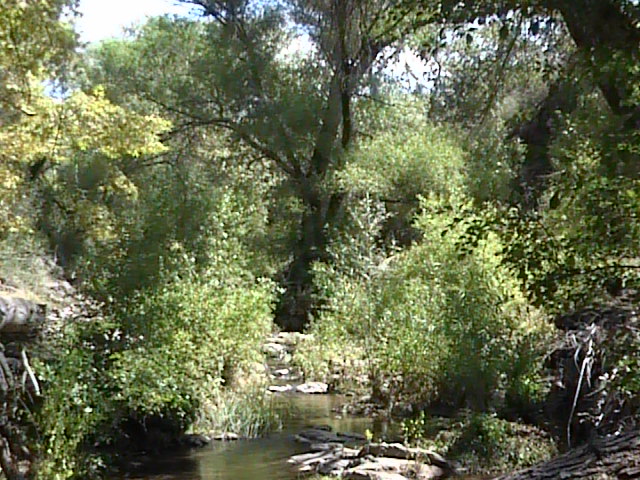
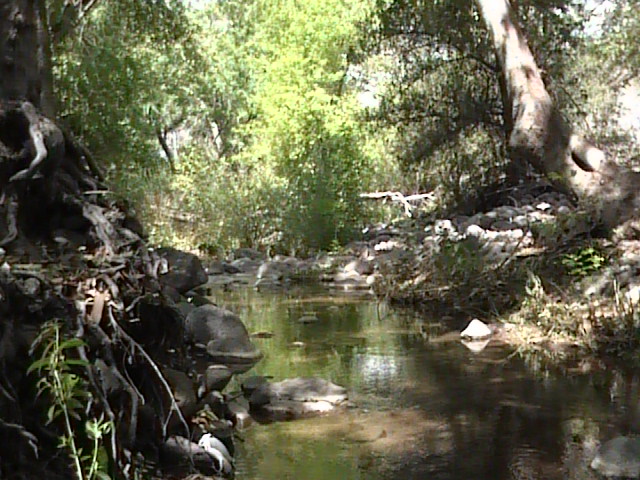
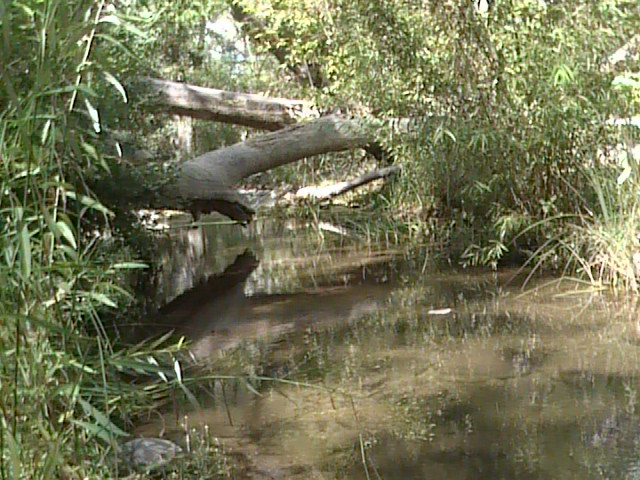
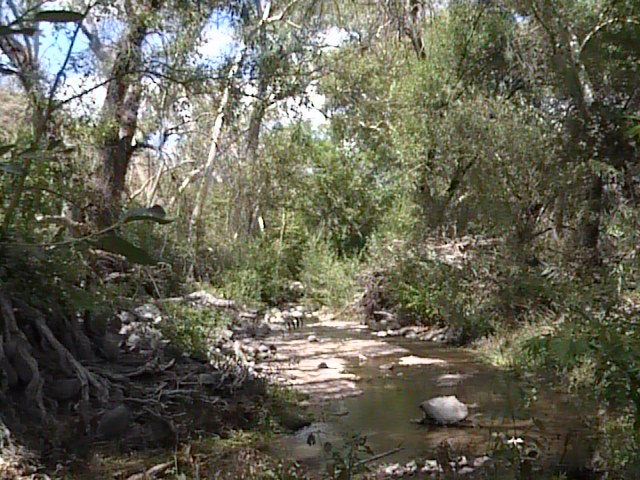
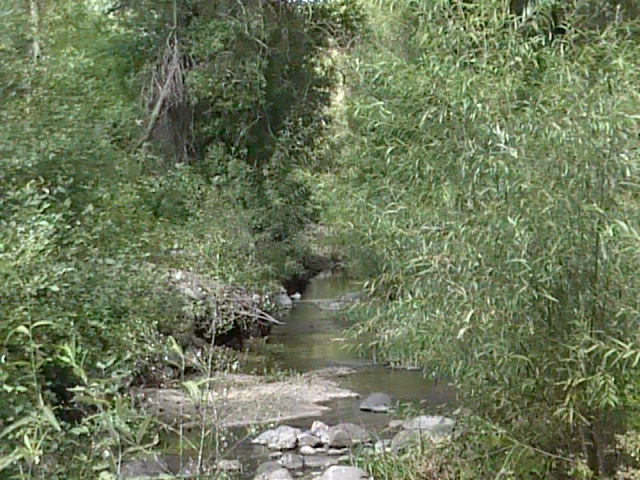
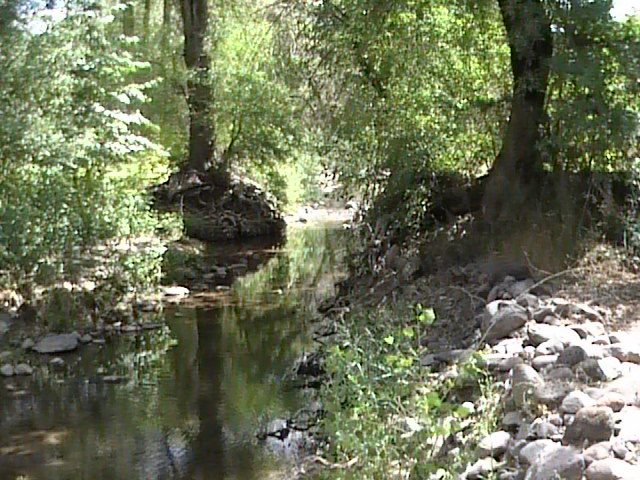
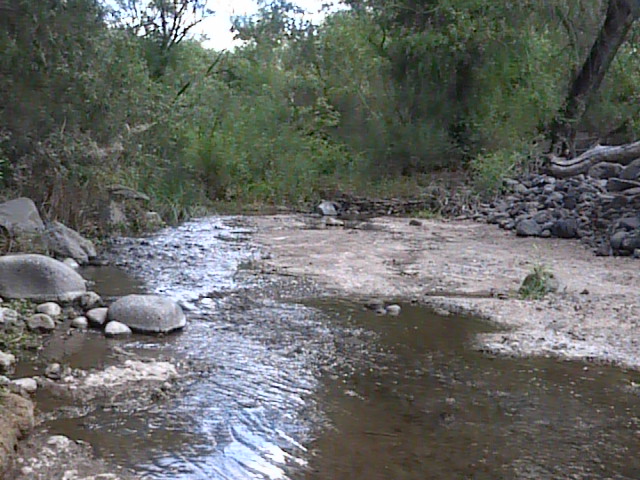
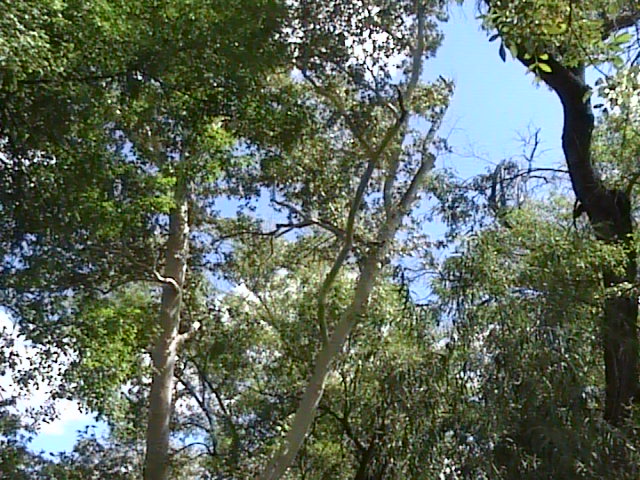
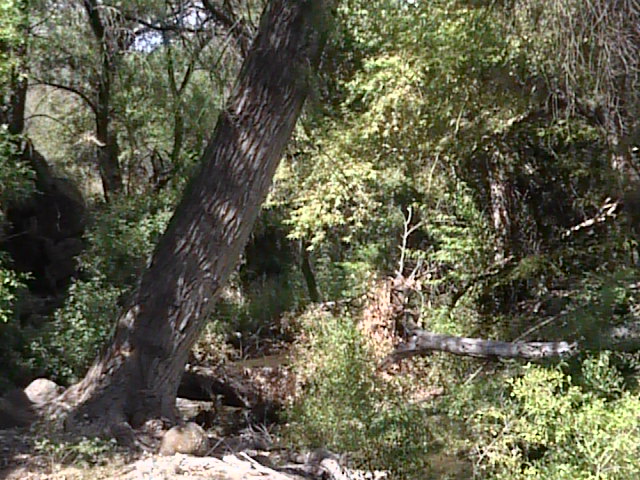
Birdlife of Seven Springs Wash:
Painted Redstart

Hermit Warbler

Back to Area 11-Cave Creek |
